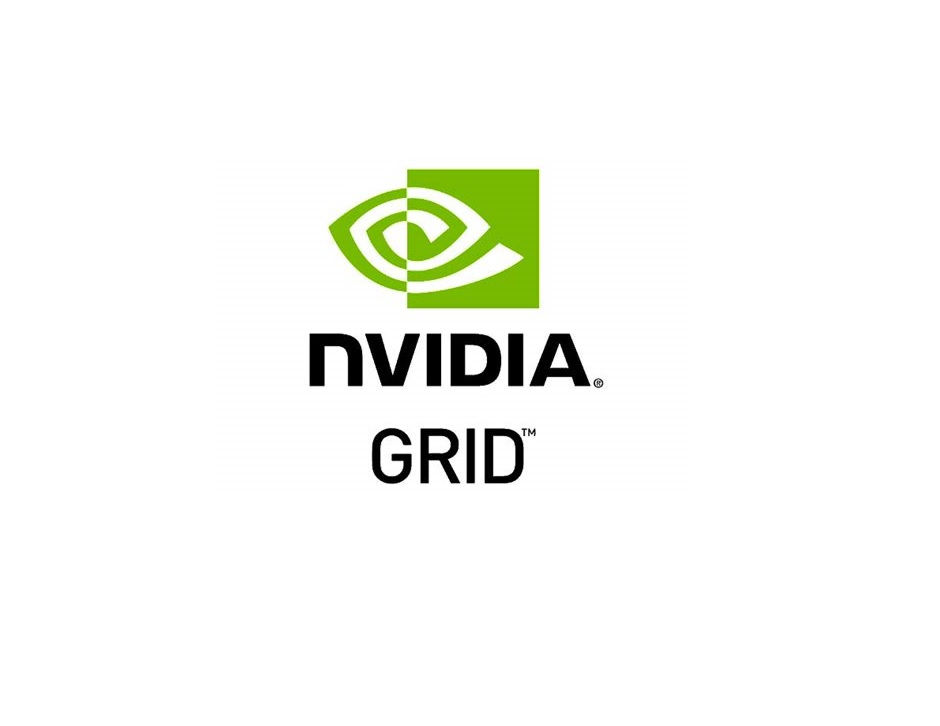VMware Horizon View: Connecting components
- Hans Kraaijeveld
- Aug 25, 2017
- 3 min read
Updated: Aug 4, 2022

In the past, the Network Port Diagram for the VMware Horizon View environment was a bit confusing. This manual or guide was created to make sure you could find out how all the components of the VMware Horizon View environment are supposed to be able to communicatie with each other. Although a very nice effort to put every connection between all the connected components together into one drawing, it was neither complete nor very legible.
The first one I encountered was made for the Horizon View 5 environment, which was also the first VDI deployment for me personally, it did help us in a big way to get a real picture of what was going on in terms of the connections between all the major components. Especially setting up the IPsec tunnel between the Connection and Security server were giving us a bit of a headache and the Network Port Diagram got us through.
The original KB article for it can be found here:
In it, you can find the link to the network port diagram in zip format: 2061913_HorizonView-ReferencePorts-v1.zip
In Horizon View 6.1.1, there were a lot of new components added to the mix, such as connections to Linux virtual desktops, the new JMS enhanced security mode (JMS SSL), App Volumes, and RDSH hosts among others. To reflect these additions, Ray Heffer took the drawing to a whole new level.
The KB article for the Horizon View 6 version on the VMware KB site is no longer available, but the concerning PDF can still be accessed:
The current drawing has been updated for VMware Horizon View 7, again displaying new features and major differences from the old one, taken from Ray's blog post on the VMware site:
- PCoIP (TCP/UDP 4172) has been renamed to PCoIP (TCP 4172) in two instances—one is the first line at the top-left from Horizon Client, and the other is from Horizon Client to PCoIP Secure Gateway (View Connection Server). - Added a new connection named PCoIP (UDP 4712) from Horizon Client (top) connecting to PCoIP Secure Gateway (View Connection Server), which uses a two-way arrow. - All other instances of PCoIP (TCP/UDP 4172) have been renamed to PCoIP (UDP 4172) and use a two-way arrow—there are two instances, one connecting to PCoIP Secure Gateway (View Connection Server), and the other to PCoIP Secure Gateway (View Security Server / Access Point) from Horizon Agent (RDSH / Virtual Desktop). - PCoIP (TCP/UDP 4172) UDP (55000) has been renamed to PCoIP (TCP 4172)—this is the first connecting line at the bottom-left of the diagram. - Added a new connection at the bottom-left, named PCoIP (UDP 4172) and to the left of CDR/MMR (TCP 9427), which uses a two-way arrow. - All PCoIP (UDP 4172) connection lines now use two-way arrows. - All blue Blast Extreme connection lines now use two-way arrows.
The drawing still shows all components and how they are supposed to connect to each other in one drawing. The drawing also still displays both the port number and protocol, alongside the direction of the initial concerning traffic.
The KB article: Network port diagram for VMware Horizon View 7.x (2144830)
The concerning document: Network Ports in VMware Horizon 7: VMware Horizon 7 version 7.2
There is also a new expanded guide in which some of the components have been split up and clarified. As can be read in this guide, it is supposed to act as a companion to the network ports diagram and shows seperate drawings as well as diagrams for different scenarios in both pictures and diagrams listing all the ports and its functionality. The guide consists of these seperate entries for easy searching:
Internal network:
- Internal Connection Showing All Protocols
- Blast Extreme Internal Connections
- PCoIP Internal Connections
- HTML Access Internal Connections
External network:
- External Connection Showing All Protocols (Using Unified Access Gateway)
- Blast Extreme External Connection (Using Unified Access Gateway)
- PCoIP External Connection (Using Unified Access Gateway)
- HTML Access External Connection (Using Unified Access Gateway)
-Tunneled Connection Showing All Protocols
- Blast Extreme Tunneled Connection
- PCoIP Tunneled Connection
- HTML Access Tunneled Connection
- External Connection Showing All Protocols (Using Security Server)
- Blast Extreme External Connection (Using Security Server)
- PCoIP External Connection (Using Security Server)
- HTML Access External Connection (Using Security Server)
Protocol-Specific Diagram Views
- Blast Extreme Connections
- PCoIP Connections
- HTML Access Connections
This is something you won't be memorizing anytime soon, but as stated in Ray's post, this reference guide is the go to guide for the networking part of implementing VMware Horizon View.



Comments